Sauroposeidon
Name Origin
Named in honor of Poseidon, the Greek god of the sea.
Family
Brachiosauridae
Classification
Diapsida, Saurischia, Sauropodomorpha
Habitat (Discovery Location)
United States
Period
Approximately 112 million years ago (Early Cretaceous)
Length
Approximately 27 to 35 meters
Weight
Approximately 50 to 65 tons
Diet
Herbivore (Plant-eater)
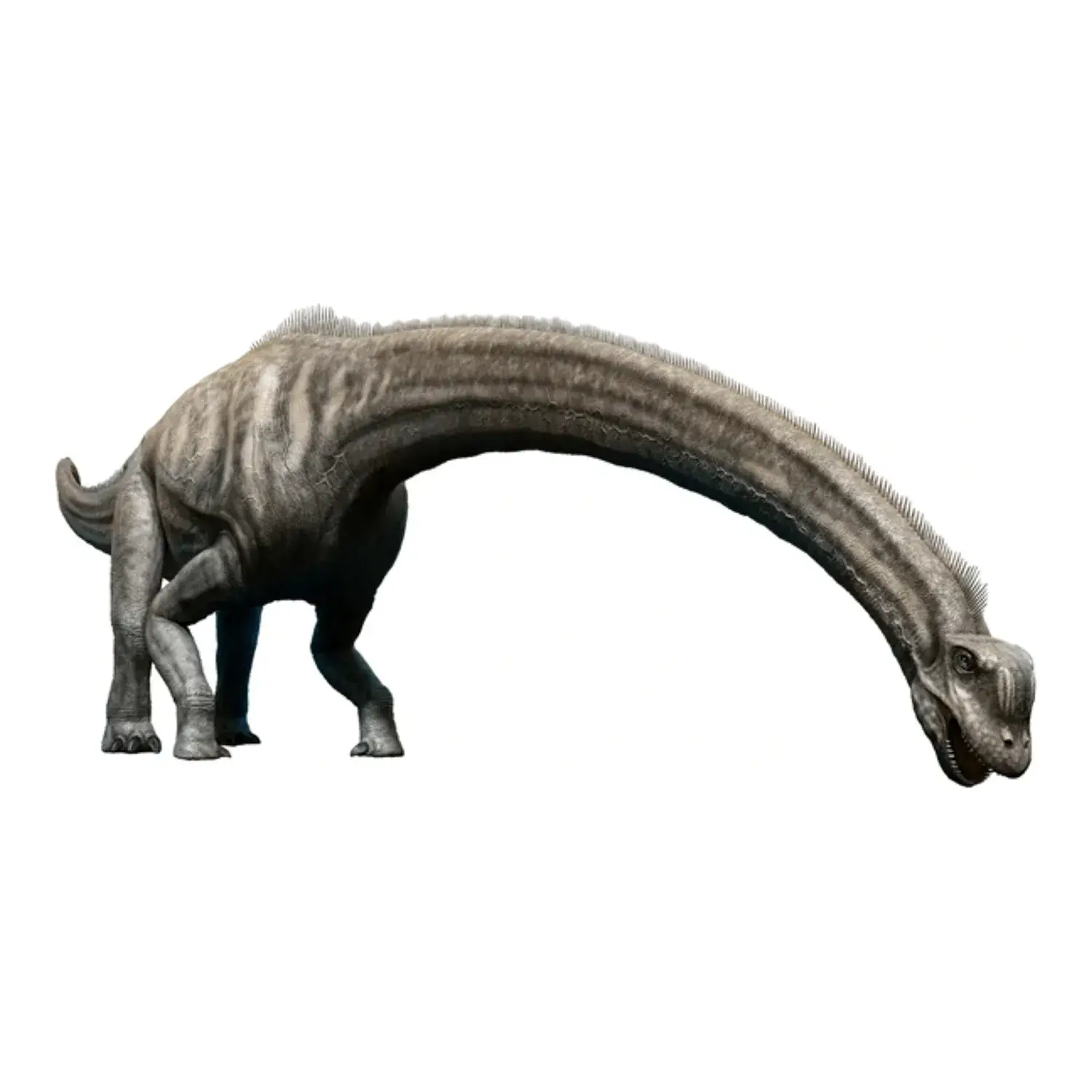
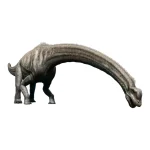
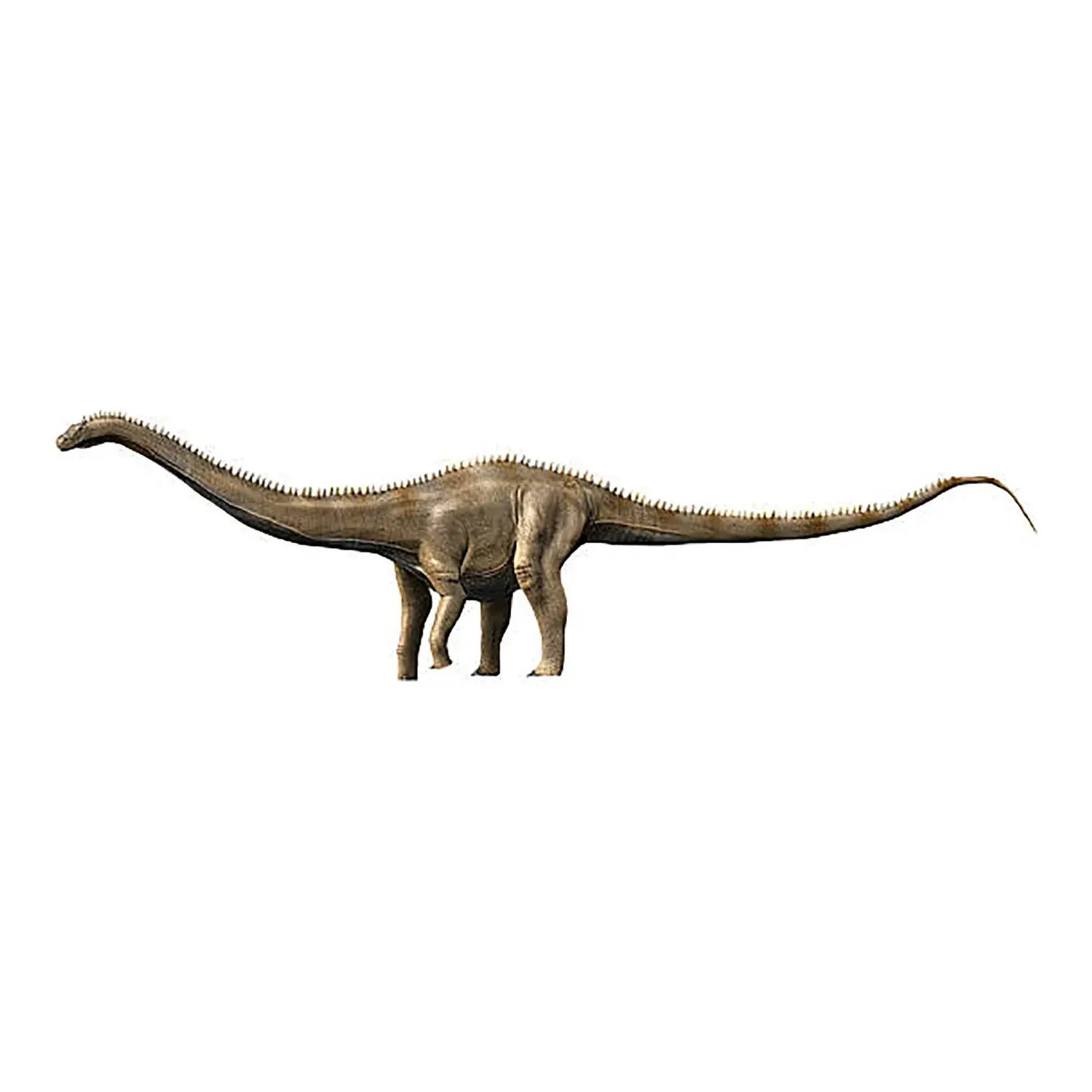
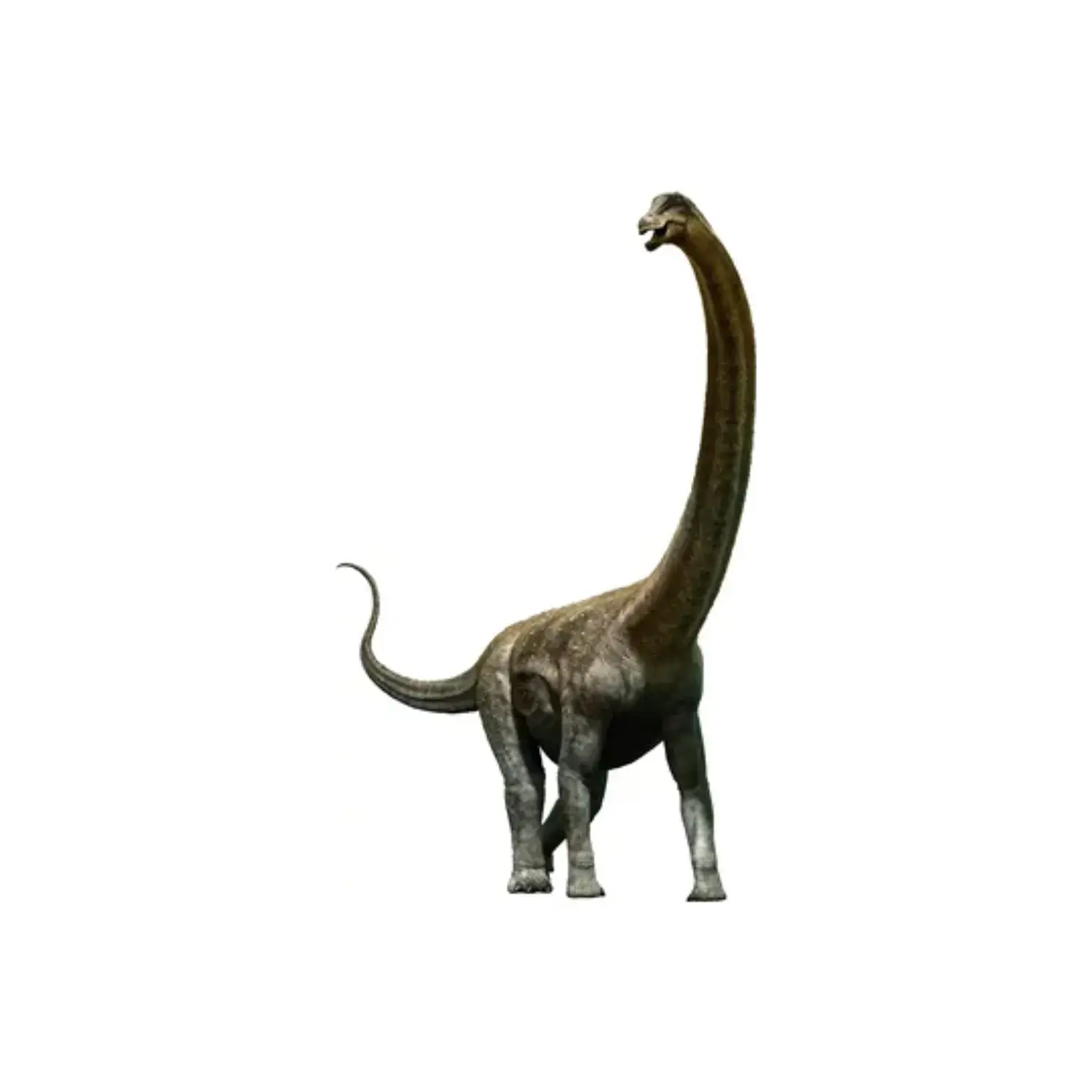

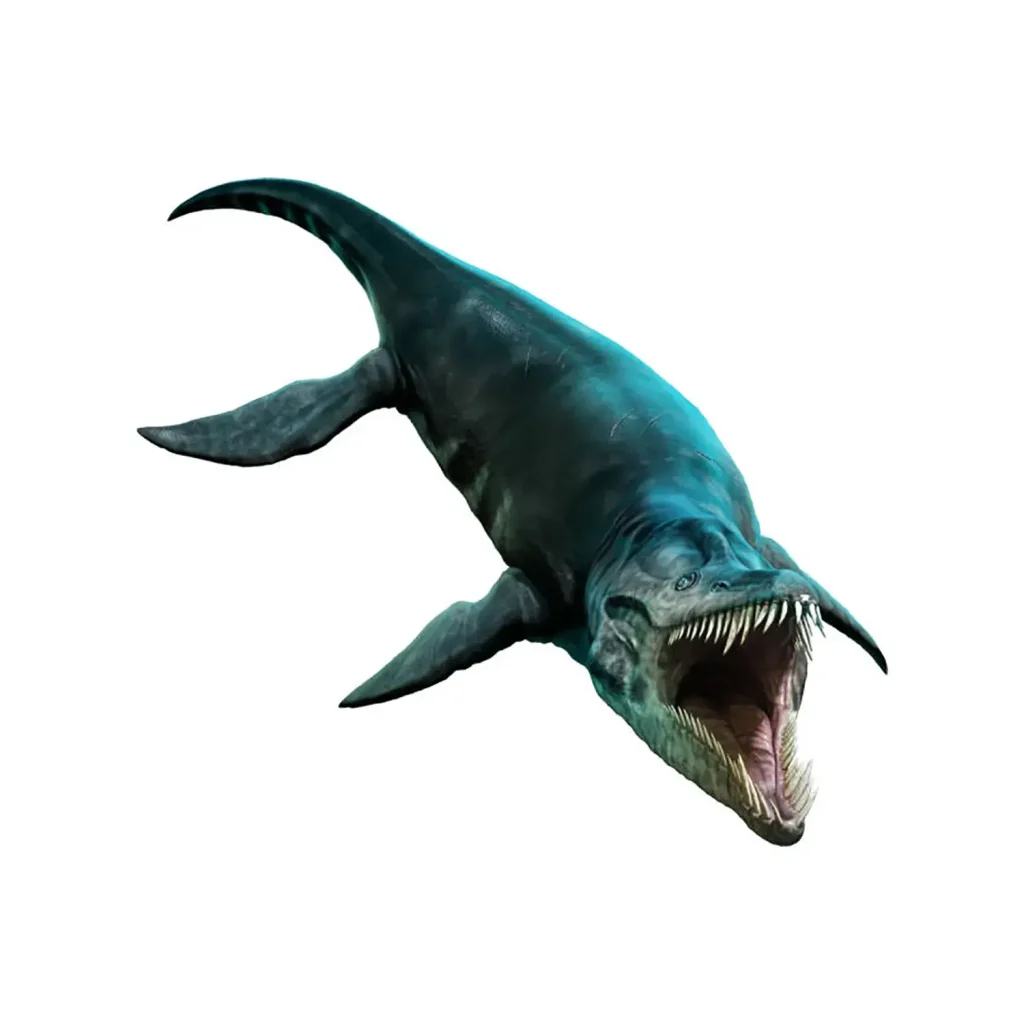

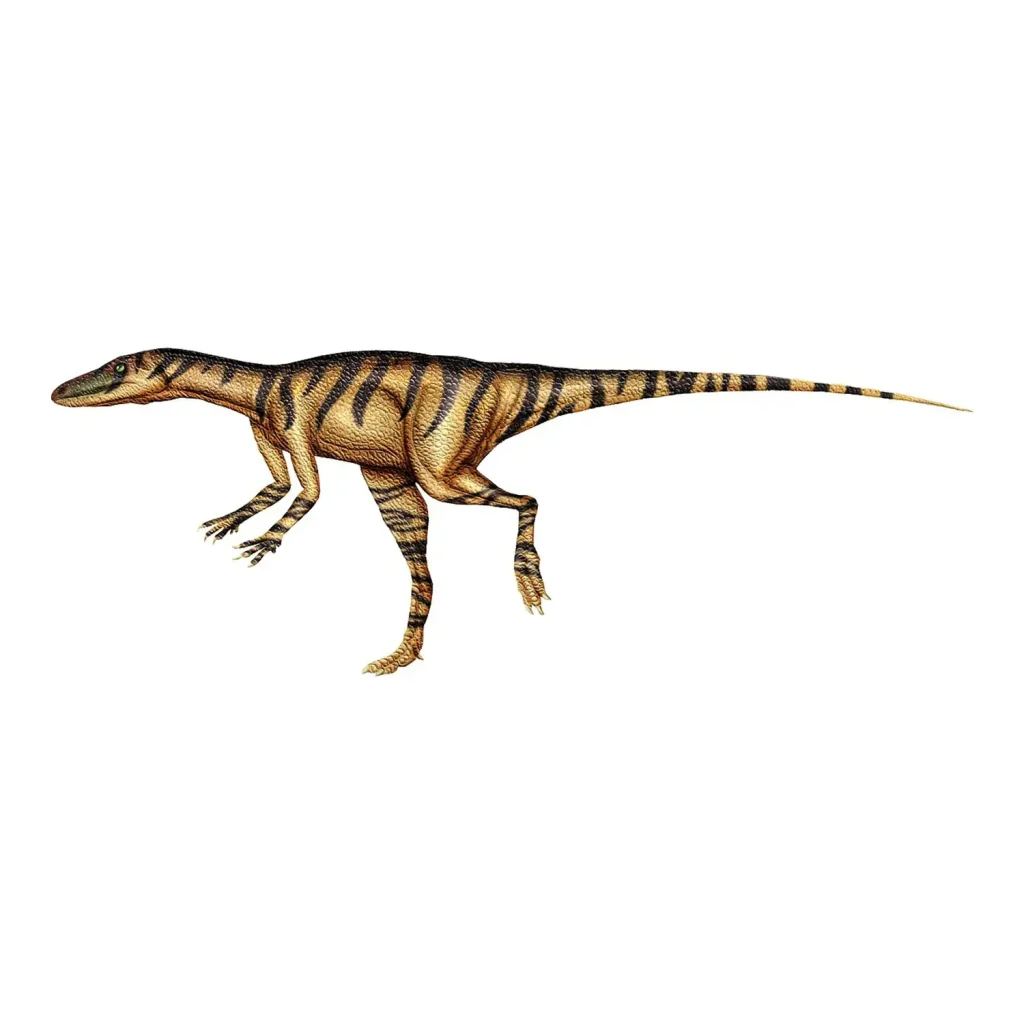
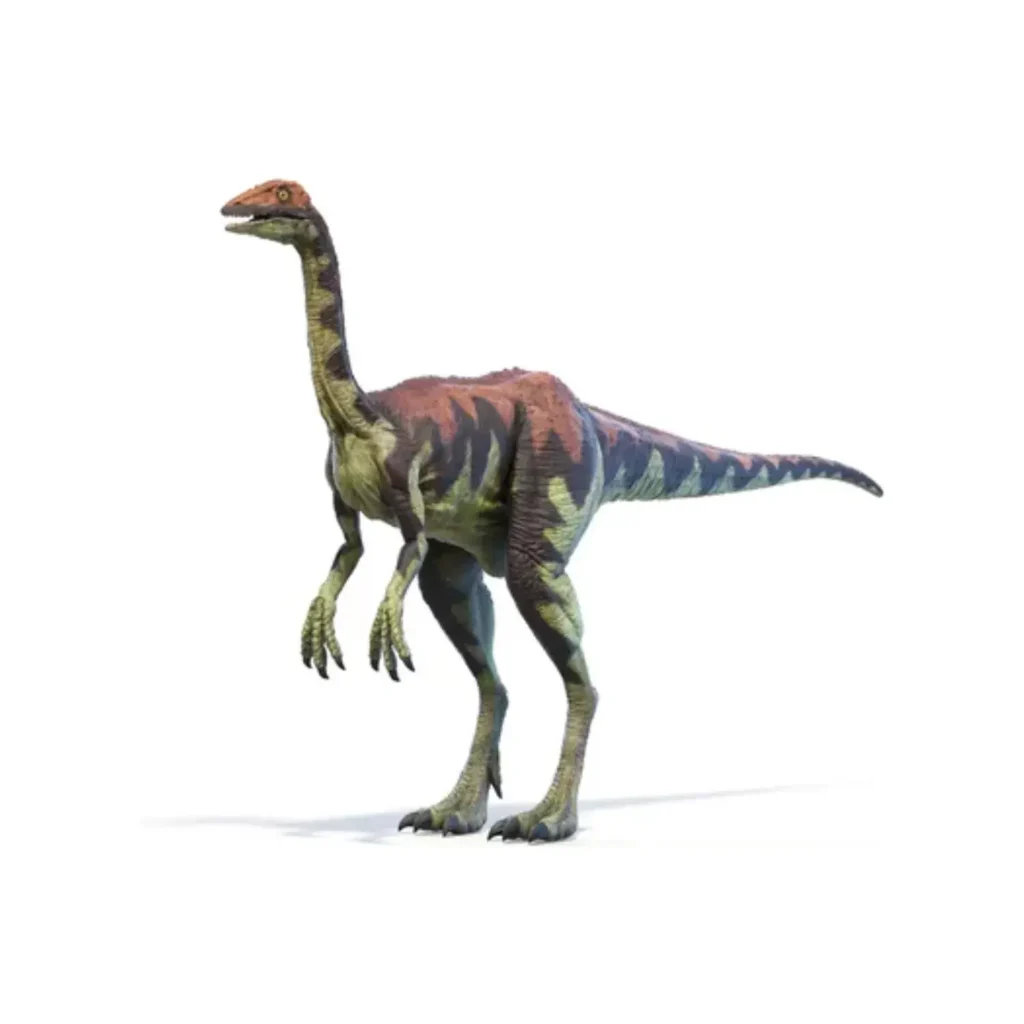













Description
Sauroposeidon was a gigantic sauropodomorph that lived in North America during the Early Cretaceous period (about 112 million years ago).
Its name, given in 2000, is in honor of Poseidon, the Greek god of the sea.
Its full scientific name, Sauroposeidon proteles, means “Poseidon’s reptile before the end” or “perfected before the close,” and its discovery sent shockwaves through the scientific community as it represented the pinnacle of gigantism reached by sauropodomorphs just before the age of dinosaur extinction.
Discovery Story Behind the Tallest Dinosaur Ever
The main distinguishing feature of Sauroposeidon is its astonishing height.
It boasted one of the largest sizes among sauropodomorphs that lived in the Northern Hemisphere.
The 1.4-meter Cervical Vertebrae Proves Its Gigantic Body
Sauroposeidon is estimated to have been about 27 to 35m long and weighed approximately 50 to 65 tons.
The basis for this massive estimate lies in four cervical vertebrae (neck bones) accidentally discovered in Oklahoma, USA, in 1994.
Size of the Vertebrae
Each of the discovered neck bones measured a remarkable 1.4 meters.
Researchers at the museum that accepted the fossil initially suspected it might be a fossilized tree trunk.
The Tallest Ever
Based on the size of these cervical vertebrae, when Sauroposeidon raised its neck high, its height is estimated to have reached 17 to 18m, which is tall enough to look into the windows of a 5th or 6th-story building.
Sauroposeidon is known as the tallest animal in history.
It is also said that its neck may have been even longer than Mamenchisaurus, which is famous for its extremely long neck.
Fossil Distribution and Classification Shifts
Although only four cervical vertebrae were initially found, many more fossils have since been discovered in Wyoming and other areas, revealing its overall appearance.
Upon discovery, Sauroposeidon was thought to be closely related to the tall Brachiosauridae family.
However, recent research has reviewed its classification, and it is now treated as a relative of the Titanosauriformes, closely related to Euhelopus from China.
Ecology Mystery: Thermoregulation Debate and Predator Conflict
Like other sauropodomorphs, Sauroposeidon was a herbivore that ate ferns and conifer leaves, but there are several mysteries surrounding its massive body’s ability to sustain itself.
Thermoregulation Debate and Growth Secret
If Sauroposeidon weighed 55 tons, its massive volume could have caused its body temperature to reach 48°C. This has sparked debate over whether it “must have been lighter” from a metabolic perspective.
This controversy is a crucial topic for understanding the metabolism and thermoregulation mechanisms of sauropodomorphs.
Juvenile Omnivory
Like many sauropodomorphs, hatchling Sauroposeidon were small, measuring around 50cm in length.
It is speculated that they may have been omnivorous during this rapid growth period, when they required massive amounts of nutrition.
Conflict with Acrocanthosaurus
Although an animal as large as Sauroposeidon would be difficult for carnivorous dinosaurs to take down, theropods such as Deinonychus and Acrocanthosaurus—which are believed not to have been a threat to healthy adults—would have preyed on weak or young individuals.
Herd Survival Strategy
Footprint fossils believed to belong to this species have been discovered in the Paluxy River in Texas, suggesting they moved in herds composed of adults and juveniles that had reached a certain size.
These trackways also contain traces of them being chased by Acrocanthosaurus, indicating that weakened individuals were likely prey for these carnivores.